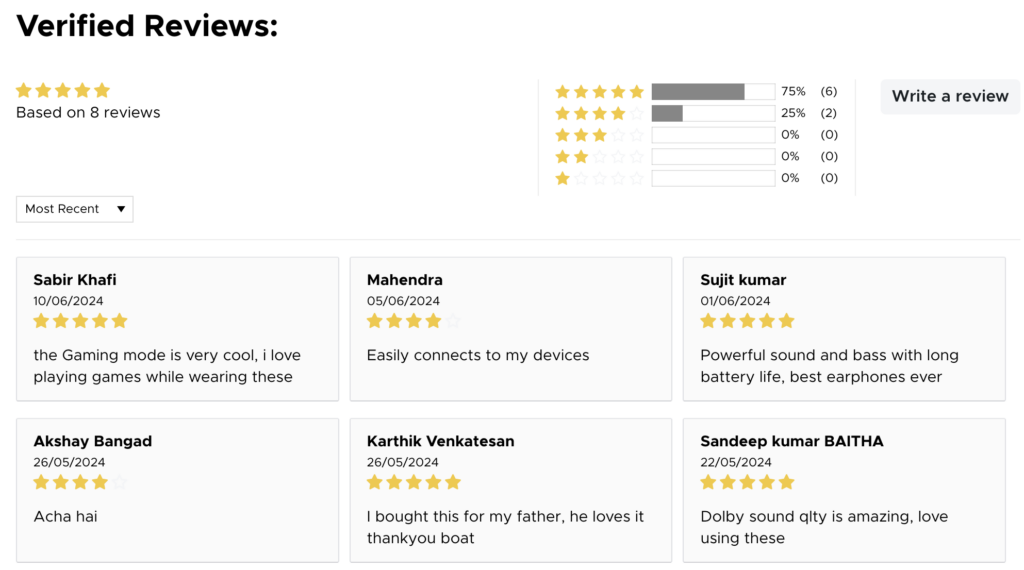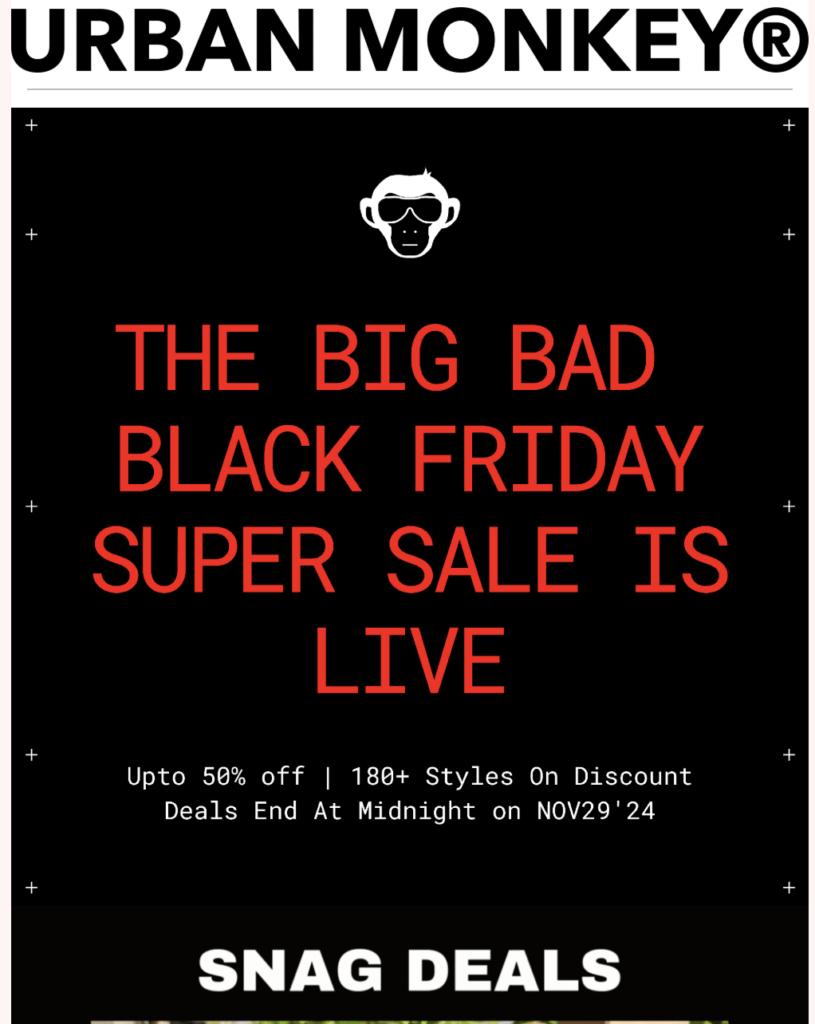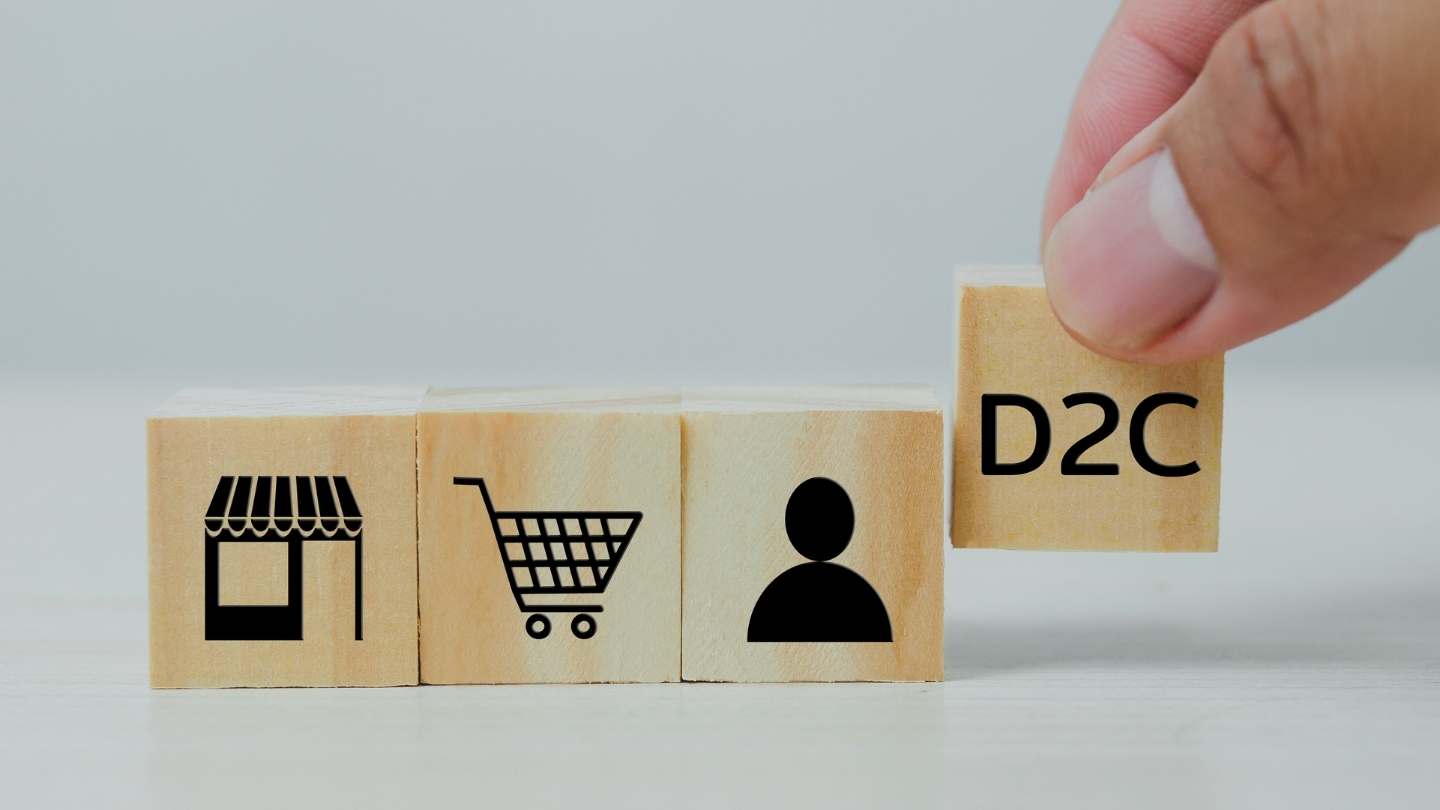D2C (Direct to Customer) has emerged as an extremely popular business model across the world, and we have seen immense success amongst brands that operate in this space.
D2C is an e-commerce model where a brand sells products directly to consumers without using retailers or middlemen. This allows brands to keep costs low, and ensure a better CX, a win for the brand and consumers.
Thanks to shows like Shark Tank, the number of new startups that are entering this space has gone up tremendously. The D2C market in 2025 is poised to reach $100 Billion.
Brands like Warby Parker, Dollar Shave Club, BoAt, Mamaearth, and Allbirds have capitalised on this strategy.
But with specialised business models, there’s also a need for specialised D2C marketing strategies. Let’s look at them:
7 D2C Marketing Strategies You Can’t Miss
1. Social Proof
Encourage customers to share their experiences after using the product. 70% of the customers will share a review if they are explicitly asked to do so.
Feature these reviews in your ads, website, and email marketing to build trust and authenticity.
BoAt has a review section on each product page, helping build trust in prospects.

Also read: B2C vs D2C: Key Differences
2. Segmented and Personalised Email Marketing
Use customer data to send personalized emails based on their past purchases, browsing behavior, and preferences.
Personalize offers, product recommendations, and content to individual needs.
Urban Monkey (a streetwear brand) sends emails with product catalog that’s similar to your purchase & browsing history.

3. Subscription Models for Recurring Revenue
Offer subscription options to ensure consistent sales (and predictable revenue).
Customers can sign up for regular deliveries or exclusive access to products, creating a steady revenue stream.
The Ordinary, a skincare brand offers subscription services for their skincare products. This ensures that customers receive their products regularly, and it also provides the brand with a consistent revenue stream while fostering customer loyalty.
4. Influencer Partnerships & Affiliate Programs
Collaborate with influencers or bloggers who align with your brand to promote your products.
Additionally, set up an affiliate program to incentivize others to promote your products in exchange for a commission.
BoAt partners with Indian influencers and celebrities (like Ranveer Singh) to promote their earphones, headphones, and speakers.
These partnerships help the brand reach a wider audience and establish credibility among younger consumers.
Also read: What Is Cross-Selling? Best Strategies To Skyrocket D2C Revenue
5. Retargeting Ads for Higher Conversions
Use retargeting ads to re-engage potential customers who have visited your website or abandoned their carts.
By showing personalized ads for the products they viewed, you can increase the chances of conversion.
Most D2C brands – like Frido – uses retargeting ads on Facebook and Instagram to remind users of the products they interacted with or checked out – but didn’t buy.
These ads often nudge users to complete their purchase.

6. Create a Seamless Mobile Experience
Make sure that your website and checkout process are optimized for mobile devices, as a significant portion of D2C sales comes from mobile traffic.
Make browsing, purchasing, and payment as easy as possible on smartphones.
Zivame, an online lingerie and apparel brand, has a user-friendly mobile app and website that provides an easy browsing and shopping experience.
The mobile-optimized platform allows customers to quickly filter products and make purchases, enhancing conversion rates.
7. Offer Limited-Time Promotions & Exclusive Deals
Create urgency and exclusivity with time-sensitive promotions or limited-edition product releases.
This motivates customers to make a purchase quickly, capitalizing on the fear of missing out (FOMO).
The Man Company, a men’s grooming brand, often runs flash sales and offers limited-edition products, creating urgency and encouraging customers to buy quickly.
This strategy not only increases sales but also keeps the brand top-of-mind for customers.
Also read: Dropshipping vs Ecommerce: Differences, Similarities, Examples
Final Thought 
D2C marketing isn’t just about selling a product.
A lot of D2C brands are selling products with little-to-no differentiation and getting commoditised.
This is where it becomes important to differentiate via messaging, marketing and branding.
It’s about creating a brand that customers feel and connect with.
It’s about establishing multiple touch-points so customers don’t forget the brand.
And when you get this right, you turn customers into loyal fans.


